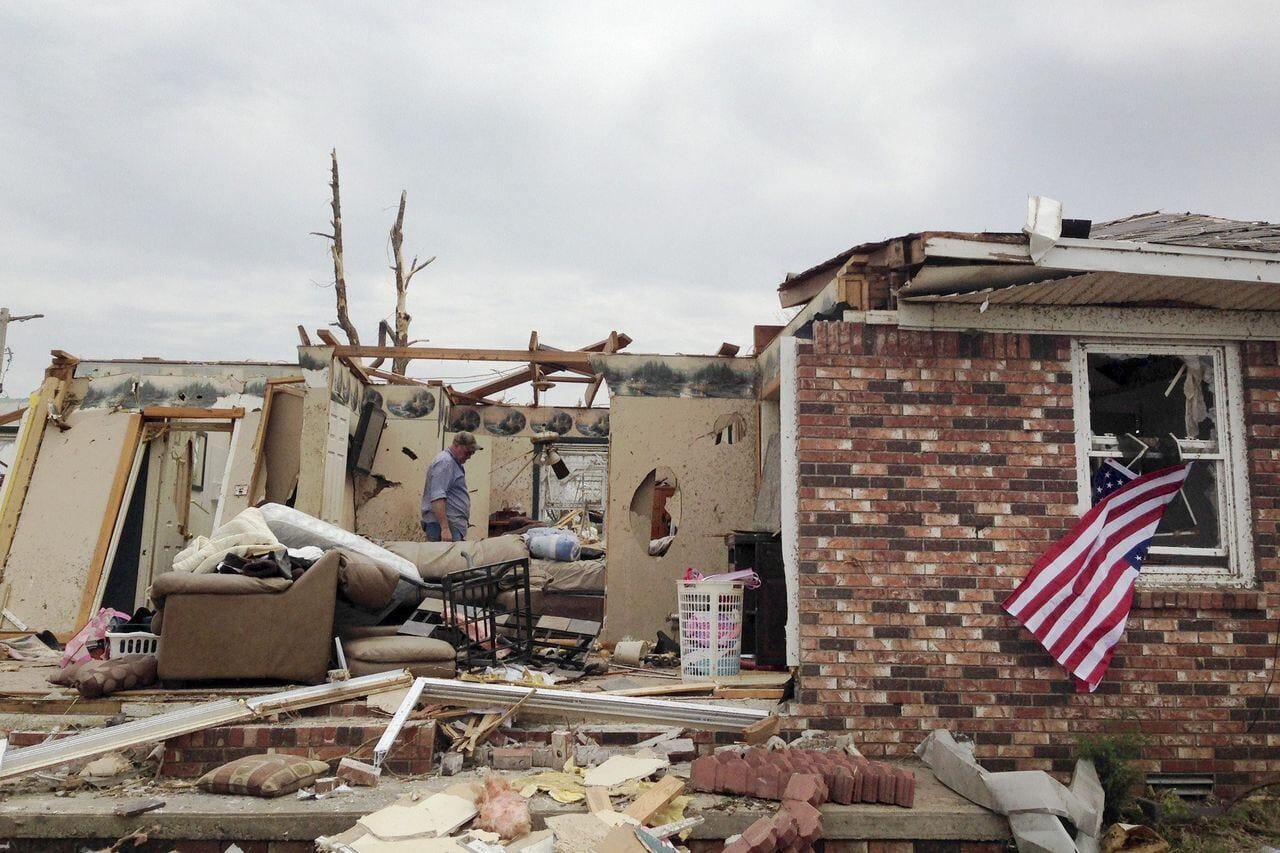As the southern part of the United States faces a severe tornado outbreak, concerns are growing for the safety of residents in the affected areas. The region has been experiencing a series of devastating storms, leading to widespread destruction and disruption of daily life. With the season’s first winter storm forming in the region, experts are warning that severe weather events are becoming more frequent and intense in recent years, potentially signifying long-term climate changes.
The National Weather Service (NWS) has issued a series of tornado watches and warnings for several southern states, including Texas, Louisiana, Mississippi, Alabama, and Georgia. The storms caused damage to homes, buildings, and infrastructure, and have forced local authorities to declare states of emergency in several regions. Emergency services are on standby, ready to provide assistance and support for those impacted by the severe weather.
As the tornado outbreak continues, the formation of the winter storm adds another layer of concern for residents and authorities. Winter storms can lead to hazardous travel conditions, downed power lines, and potential for ice and snow accumulation in lower elevations. Heavy rain and thunderstorms are also expected in addition to the cold weather, exacerbating the existing flood risks in the region.
In light of these extreme weather events, experts are urging authorities and citizens to prioritize preparedness measures to protect lives and property. This includes ensuring that individuals have access to vital resources such as shelter, food, and medicine, as well as implementing disaster response plans. As we witness an uptick in severe weather events in the southern United States, it becomes ever more critical to understand the underlying factors causing these changes and to address their impact on our communities.



